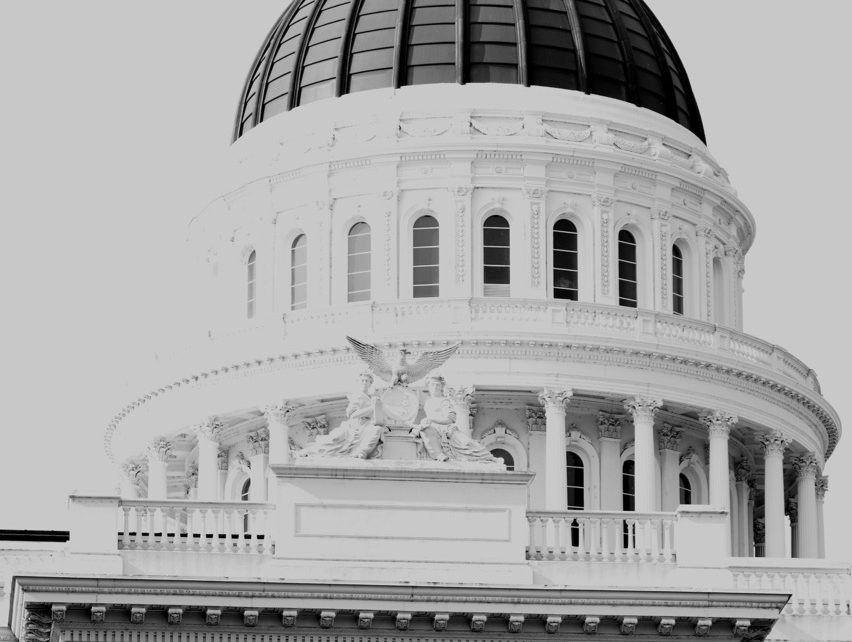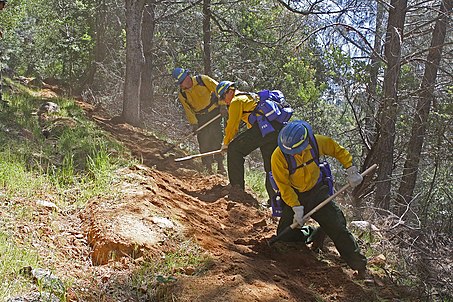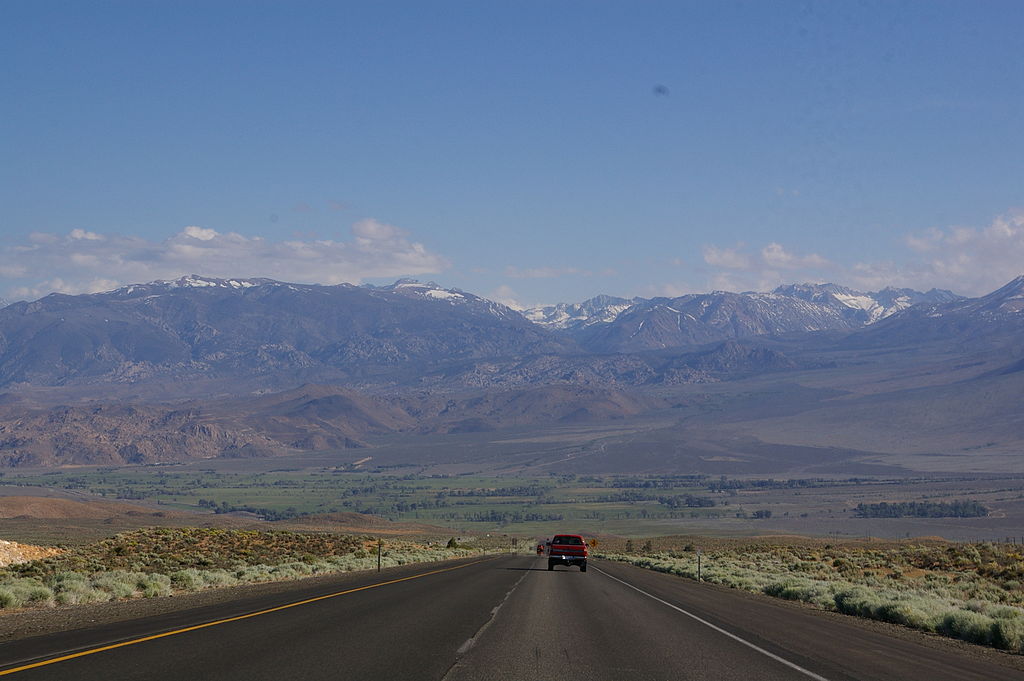
California State Capitol. (Photo: Kevin Sanders for California Globe)
California’s Three Historical Entities: What’s the Difference?
Identification, registration, and preservation of California’s cultural heritage
By Chris Micheli, September 14, 2020 9:56 am
California has three historical-related entities: State Historical Resources Commission, California Historical Records Advisory Board, and State Historical Building Safety Board. What’s the difference?
State Historical Resources Commission
Public Resources Code Division 5, Chapter 1, Article 2 concerns historical resources. Section 5020 specifies that the Historical Landmarks Advisory Committee is continued in existence as the State Historical Resources Commission and that any reference in law to the Advisory Committee is now deemed to refer to the Commission
According to the SHRC, it is a nine-member state review board whose members are appointed by the Governor. Its general responsibilities are for the identification, registration, and preservation of California’s cultural heritage. Five members of the SHRC must be recognized professionals in history, pre-historic archaeology, architectural history, and restoration architecture. One member must be knowledgeable in ethnic history; one member must be knowledgeable in Folklife; two members are required to represent the public or possess expertise in necessary fields.
These nine commissioners serve until the time they either resign or are replaced by the Governor. The Commission’s executive secretary is the State Historic Preservation Officer. The Commission generally meets four times per year.
California Historical Records Advisory Board
Government Code Title 2, Division 3, Part 2, Chapter 3, Article 4 establishes the State Archives in Sections 12220 to 12237, which were added in 1945. Section 12231 requires the Secretary of State to consult with and give consideration to the recommendations of the California Historical Records Advisory Board, which serve in an advisory capacity to the Secretary of State.
In addition, Section 12232 requires the Secretary of State to utilize the Advisory Board to advice, encourage, and coordinate the activities of the county historical records commissions. The chairs or designees of each county historical records commission may attend an annual meeting at state expense to receive advice in the preservation of local government archives and public library collections of historical materials.
According to the California Historical Records Advisory Board, it is one of more than fifty similar boards that are active in all of the states that were created by the National Historical Publications and Records Commission, which is the grant funding branch of the National Archives.
State Historical Building Safety Board
Health and Safety Code Division 13, Part 2.7 sets forth the State Historical Building Code. Section 18960 established the State Historical Building Safety Board as a unit within the Division of the State Architect. This Board is composed of qualified experts in their respective fields who are required to represent various state and local public agencies, professional design societies, and building and preservation-oriented organizations.
The Board is required to act as a consultant to the State Architect and make recommendation, as well as serve as a review body to state and local agencies with respect to interpretations. According to the State Historical Building Safety Board (SHBSB), it is to provide regulations and standards for the rehabilitation, preservation, restoration (including related reconstruction) or relocation as applicable to all historical buildings, structures and properties deemed of importance to the history, architecture, or culture of an area by an appropriate local or state governmental jurisdiction.
- New Assembly Bill Would Ban NDAs in Legislative Negotiations - April 19, 2024
- Frequently Asked Questions about California Bills Having Certain Provisions - April 19, 2024
- Senate Proposes Equity Impact Analysis of Legislation - April 18, 2024





A fourth suggested entity might be the State Historic Preservation Office (SHPO), which similar to the State Historical Resources Commission, falls under the California Office of Historic Preservation (OHP). The SHPO assists the Commission in accomplishing its goals and duties by developing and administering a program of public information, education, training, and technical assistance. The SHPO also serves as Executive Secretary to the Commission and is responsible for developing an administrative framework for the Commission and implementing the Commission’s preservation programs and priorities.